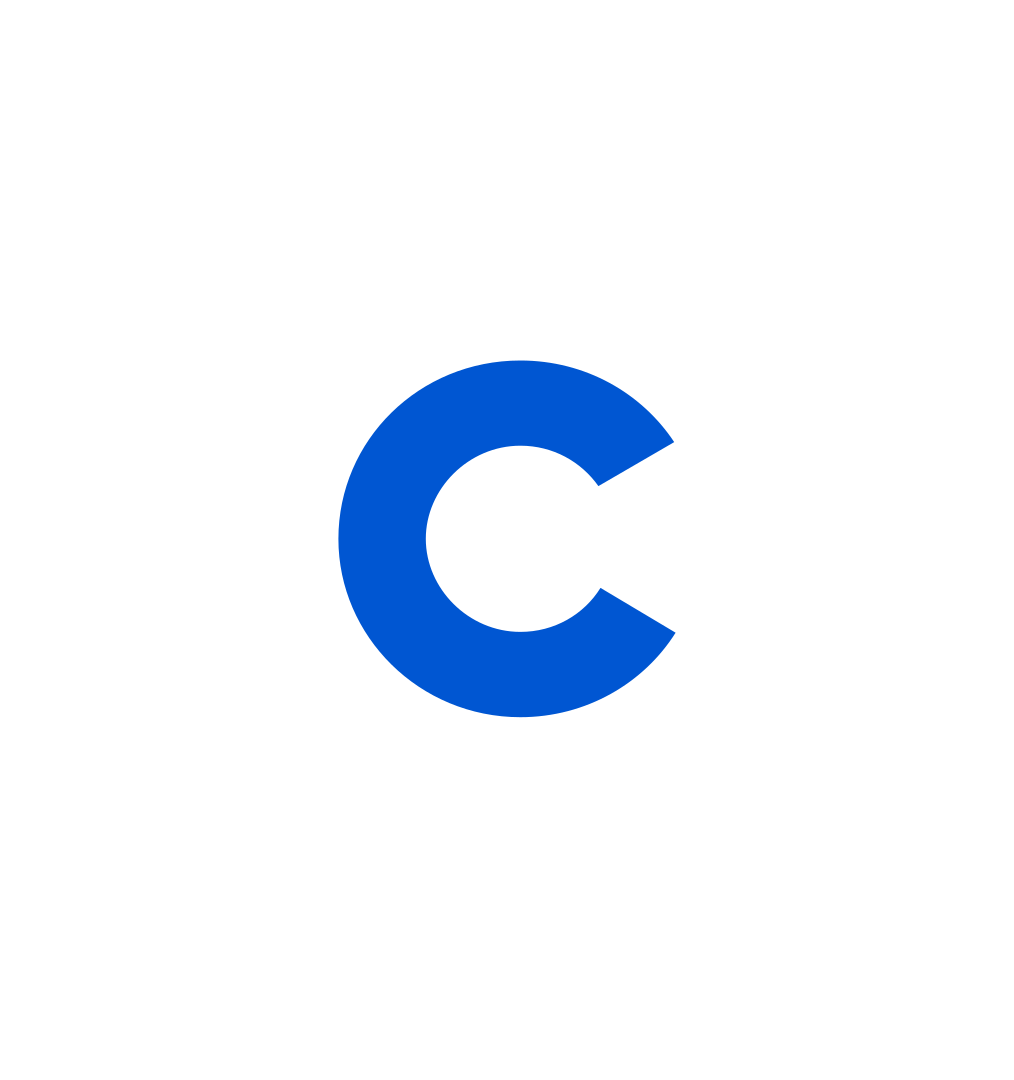What Is a Full-Stack Engineer? Job Description
Explore the duties of a full-stack engineer, from software development to team leadership. Plus, learn what skills full-stack engineers need, some of the challenges they may face, and how to get started.
![[Featured Image] A full-stack engineer sits at a desk, working on a laptop.](https://d3njjcbhbojbot.cloudfront.net/api/utilities/v1/imageproxy/https://images.ctfassets.net/wp1lcwdav1p1/5sUfNv0nvp4WZBv5cXE5Ea/52a3b7815c1ba722ea0c03de9e22b044/GettyImages-1385826994.jpg?w=1500&h=680&q=60&fit=fill&f=faces&fm=jpg&fl=progressive&auto=format%2Ccompress&dpr=1&w=1000)
The full-stack engineering skill set is broad and versatile. If you want to learn how to build an application from the ground up, this could be a fulfilling and exciting career path for you. Learn the responsibilities and requirements to help you become a successful full-stack engineer.
What is a full-stack engineer?
The term “full-stack” refers to the engineer’s ability to work on an application’s front-end and back-end development. A full-stack engineer is a high-level software engineer who works to design, test, and implement various software applications. You’ll develop software, applications, and scalable web services while also providing leadership for coding teams. Full-stack engineers usually possess prodigious skills and are involved in each stage of software development. This can include data structure completion, architecture design, code review, performance evaluation, internal tool management, and updates.
Front-end development
The front end of an application refers to everything a user can see. It’s also known as the client side. Front-end development primarily involves the user interface (UI), including elements of design, usability, navigation tools, and graphical components such as images.
Back-end development
The back end of an application includes everything that users cannot see. It’s sometimes referred to as the server side. Back-end development focuses on functionality. Examples of back-end components include data storage, security, and overall performance.
What does a full-stack engineer do?
At the beginning of a project, full-stack engineers may meet with members of the software development team in order to lay out the scale and scope of the software project. After that, they will begin designing and building the software. Full-stack engineers write various high-level and low-level code. As a full-stack engineer, you will troubleshoot errors, help design the user experience (UX), resolve bugs, and improve the overall efficiency of the software. You’ll need excellent collaboration skills because you will work with front-end and back-end development team members.
Is there a difference between a full-stack developer and a full-stack engineer?
Both full-stack developers and full-stack engineers work to create and design software, websites, and applications, although the two roles are different in their scope and in the main goal of the job. As a full-stack developer, you will work on creating software or other development projects for your client or company’s specifications. As a full-stack engineer, you will create software that provides support or creates infrastructure for other development projects.

Full-stack software engineer tools and skills
Full-stack engineers are master coders. In this role, you will need to be familiar with the following popular programming languages:
JavaScript
C
Node
HTML/CSS
SQL
PHP
Full-stack engineers often obtain a Bachelor of Science in Computer Science or a related degree, although many employers may accept certifications or relevant work experience instead of a degree.
Work environment
Considering that companies in a wide variety of niches have software applications, jobs are available in many different industries. However, it is most common for full-stack developers to work in the tech industry. In 2023, software developers (together with quality assurance analysts and testers) held 1,897,100 jobs in the United States [1]. The top five employers for these roles include [2]:
Computer systems design and related services
Software publishing companies
Finance and insurance
Manufacturing
Company and enterprise management
What is a full-stack engineer’s salary and job outlook?
The demand for computer and information technology professionals, such as full-stack engineers, is likely to increase by 17 percent between 2023 and 2033 [1]. This figure translates into faster-than-average growth of job opportunities for full-stack engineers in the coming decade. Because they are extremely skilled software developers, the pay for this position tends to be higher than average.
The average yearly full-stack software engineer salary in the US is $111,900 [3]. The exact salary you can earn will depend on your experience, your skills, and the company you are working for. For example, the average full-stack engineer salary for someone with no experience to one year of experience is $85,789. In contrast, the average annual salary for someone with four to six years of experience in full-stack development is $105,146 [3].
How to become a full-stack engineer
The first step toward a career in full-stack engineering is typically a bachelor’s or a master’s degree in computer science. A degree in computer science or a related field is one way to gain the skills you need to handle the responsibilities of a full-stack engineer.
You may also gain practical experience and professional qualifications through Professional Certificates in full-stack engineering. For example, you can earn a certificate in full-stack software development with IBM’s online program:

professional certificate
Google Digital Marketing & E-commerce
Get on the fast track to a career in digital marketing. In this certificate program, you’ll learn in-demand skills, and get AI training from Google experts. Learn at your own pace, no degree or experience required.
4.8
(31,607 ratings)
902,228 already enrolled
Beginner level
Average time: 6 month(s)
Learn at your own pace
Skills you'll build:
Search Engine Optimization (SEO), E-Commerce, Email Marketing, display advertising, Marketing, Customer Relationship Management (CRM), Portfolio preparation, Building customer loyalty, E-commerce store optimization, Job preparedness, Social Media Branding, Social Media Analytics, Social Listening, Customer Engagement, Social Media Bidding, Google, Search Engine Marketing, Customer Awareness, Website Structure, Email marketing analytics, Email Writing, Contact management, Email marketing strategy, Email list segmentation, E-Commerce Strategy, Seasonality, E-commerce platforms, Fulfillment and delivery, Customer loyalty, Customer Outreach, Marketing Analytics, Media planning and strategies, Spreadsheet management, Presenting to stakeholders, Digital marketing KPIs
Build a portfolio.
Another way to demonstrate your abilities is to build a portfolio. A portfolio is a collection of work that highlights your expertise. Full-stack engineers can use open source or free development tools to independently create projects, applications, and websites. A few examples of open source development tools include GitHub and React. With a portfolio, you have a tangible demonstration of your skills along with your resume.
Explore full-stack engineering on Coursera
As a full-stack engineer, you will design and create high-level programs, architecture, and infrastructure.
Start building your full-stack engineer portfolio and gain job-ready skills with an industry leader by earning the IBM Full Stack Software Developer Professional Certificate. In this introductory program, you’ll work with industry-standard languages and technologies such as HTML, JavaScript, React, and Kubernetes.
To expand your existing skill set to encompass the full stack, consider enrolling in an intermediate-level program like Meta’s course The Full Stack. You’ll build your own full-stack application using Django and explore the different production environments to which web applications are deployed.

professional certificate
Google Digital Marketing & E-commerce
Get on the fast track to a career in digital marketing. In this certificate program, you’ll learn in-demand skills, and get AI training from Google experts. Learn at your own pace, no degree or experience required.
4.8
(31,607 ratings)
902,228 already enrolled
Beginner level
Average time: 6 month(s)
Learn at your own pace
Skills you'll build:
Search Engine Optimization (SEO), E-Commerce, Email Marketing, display advertising, Marketing, Customer Relationship Management (CRM), Portfolio preparation, Building customer loyalty, E-commerce store optimization, Job preparedness, Social Media Branding, Social Media Analytics, Social Listening, Customer Engagement, Social Media Bidding, Google, Search Engine Marketing, Customer Awareness, Website Structure, Email marketing analytics, Email Writing, Contact management, Email marketing strategy, Email list segmentation, E-Commerce Strategy, Seasonality, E-commerce platforms, Fulfillment and delivery, Customer loyalty, Customer Outreach, Marketing Analytics, Media planning and strategies, Spreadsheet management, Presenting to stakeholders, Digital marketing KPIs
course
AI Python for Beginners
AI Python for Beginners is designed to help you leverage the power of Python programming, even if your goal isn’t to become a software developer or AI ...
4.8
(55 ratings)
28,346 already enrolled
Beginner level
Average time: 17 hour(s)
Learn at your own pace
Article sources
US Bureau of Labor Statistics. “Occupational Outlook Handbook: Software Developers, Quality Assurance Analysts, and Testers, Summary, https://www.bls.gov/ooh/computer-and-information-technology/software-developers.htm#tab-3." Accessed February 21, 2025.
US Bureau of Labor Statistics. “Occupational Outlook Handbook: Software Developers, Quality Assurance Analysts, and Testers, Work Environment, https://www.bls.gov/ooh/computer-and-information-technology/software-developers.htm#tab-3.” Accessed February 21, 2025.
Glassdoor. “How much does a Full Stack Engineer make? https://www.glassdoor.com/Salaries/full-stack-engineer-salary-SRCH_KO0,19.htm.” Accessed February 21, 2025.
Keep reading
- January 6, 2025
- November 19, 2024
- February 5, 2025
- October 8, 2024
- January 3, 2025
- February 24, 2025

Coursera Staff
Editorial Team
Coursera’s editorial team is comprised of highly experienced professional editors, writers, and fact...
This content has been made available for informational purposes only. Learners are advised to conduct additional research to ensure that courses and other credentials pursued meet their personal, professional, and financial goals.
Whether you're starting your career or trying to advance to the next level, experts at Google are here to help.

Save money and learn in-demand skills from top companies and organizations.
